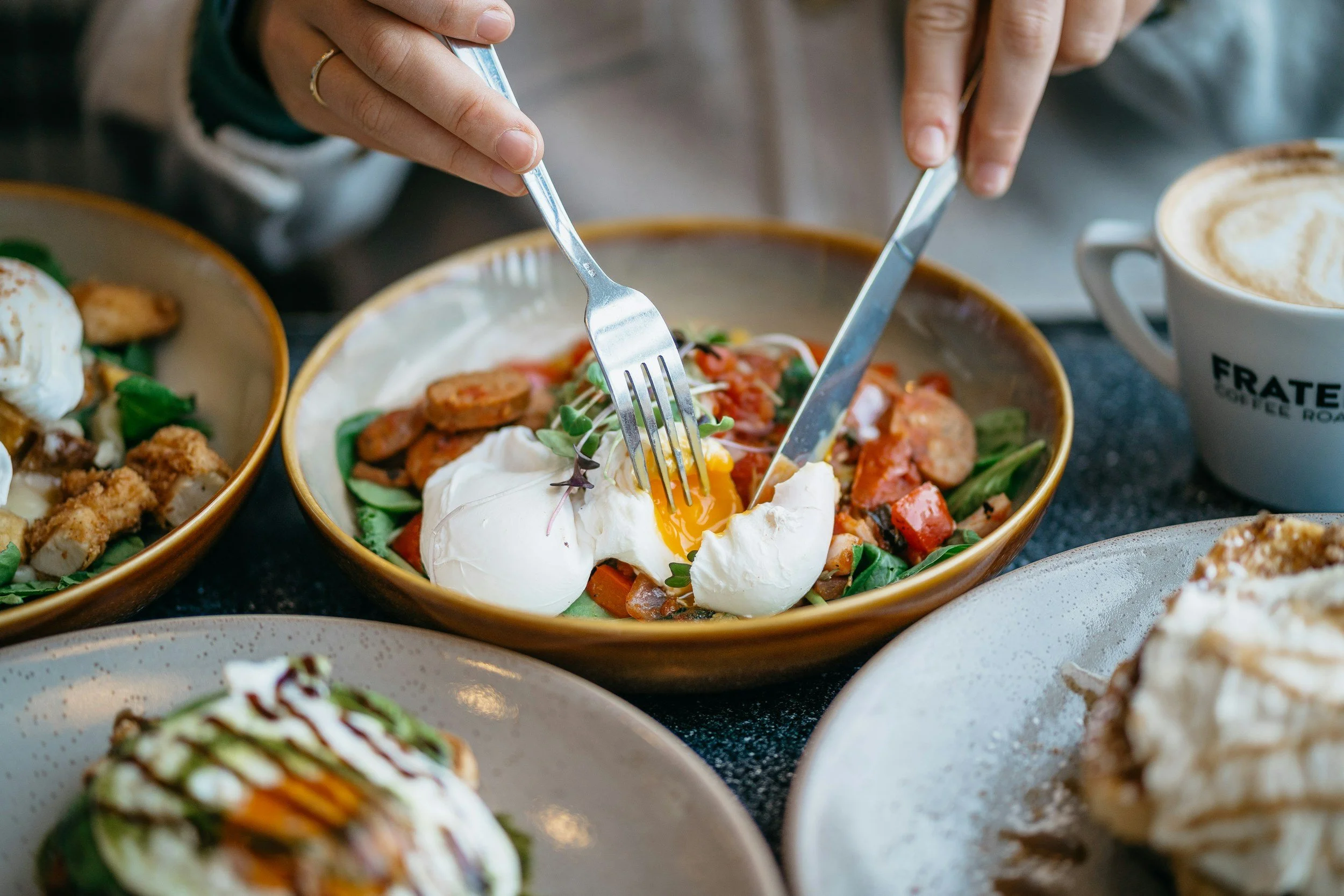
Learn more about the new leadership landscape with our blog.
Co-Creating Inclusion Blog
Featured Posts
—
Featured Posts —
This isn't your typical leadership blog. We write for those carrying invisible workloads, facing "glass cliff" moments, and leading with both strategy and heart. Our posts blend research-backed insights with the nuanced realities of organizational change—because sustainable transformation requires both precision and compassion.
This isn't your typical leadership blog. We write for those carrying invisible workloads, facing "glass cliff" moments, and leading with both strategy and heart. Our posts blend research-backed insights with the nuanced realities of organizational change—because sustainable transformation requires both precision and compassion.
In this moment of cultural, political, and economic uncertainty, when we have no idea what horrors the next news cycle will bring, or how we and our loved ones and our communities might be impacted, many of us are variously experiencing our nervous systems under pressure.
I have to confess I still haven’t seen the movie, but I’ve been thinking a lot about this time we’re in, where “everything everywhere all at once” feels particularly acute.
Even in our own lives, aside from the political chaos of the current moment, it can feel like everything is breaking.
Or that if it’s not one thing, it’s another.
Latest Posts
-
![Self-Awareness]()
Self-Awareness As a Collective Practice: leading with reflection in a time of instability
-
![Brunch]()
Our First DEI Brunch (that I didn’t get to attend but got unexpected healing from anyway…)
-
![Org Culture]()
DEI Demand Remains Strong: Insights on Shifting Organizational Culture
-
![Woman with long, wavy hair standing in a room with a high ceiling, facing away from the camera, wearing a pastel-colored knitted sweater and black pants.]()
Neurodiversity as a Leadership Strength: Empowering Authentic Brilliance
-
![People sitting around a conference table in a meeting room, some using laptops, and a woman at the head of the table speaking.]()
Resilient Leadership: Navigating Systemic Pressure & Invisible Trauma





